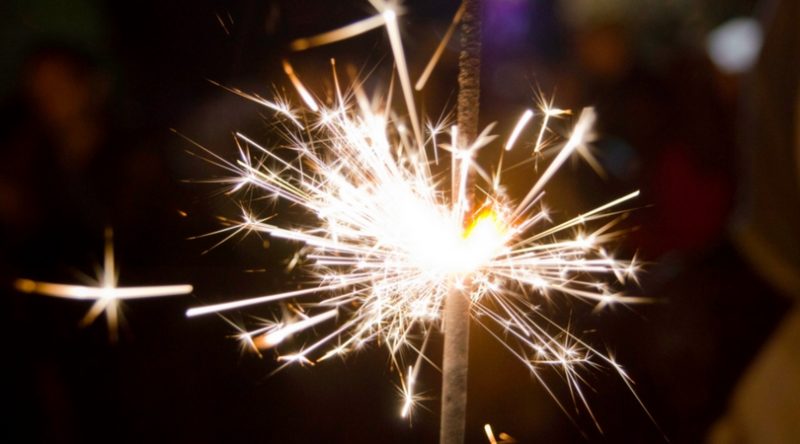I’m a big fan of the Dollar Shave Club, but my account has been on hold for a few months. I needed some new blades and totally forgot about The Bathroom Minutes they include in each box. This month was The Explosion Issue and features a lot of insight on fireworks, the 4th of July and independence. As I was flipping through it one article sparked (see what I did there?) my attention. It was a history of the sparkler, one of the most boring yet infamous fireworks on the market today. They might be one of the cheapest fireworks, too. Nevertheless, I really enjoyed the article and wanted to share these stats/facts with you here today. Oh, and today is the 4th of July. Fitting! Enjoy.
The sparkler is traditionally the most underwhelming of July 4th pyrotechnics, but where did it come from – and what’s making those sparks?
1. Illuminating History
While handheld fireworks are thought to have been invested by Greek architect Callinicus of Heliopolis some time in the 7th century, the sparkler as we know it is based on a German design from the 1850s. The wunderkerzen was a piece of wire dipped in a mixture of iron and gunpowder which sounds super safe.
2. A Light Recipe
Although now sparklers haven’t changed much otherwise – they’re still made by dipping a wire rod into a combustible paste. This is made up of metallic fuel to create sparks; an oxidizing agent, like potassium nitrate, to help it burn; a fuel, like sulfur, to modify the burning speed; and a flammable binder, like dextrin, to hold it all together.
3. Flying Colors
Remember that metallic fuel I mentioned? It changes depending on what color you want the sparkler to burn. Titanium, aluminum, and magnesium produces white sparks, while iron gives off orange sparks and ferrotitanium results in yellow-gold sparks. Who knew chemistry could be so pretty?
4. Slow Burn
Sparklers can burn anywhere from 1,800° F to 3,000° F. To put that in perspective, iron melts at 2,800° F. It;s no surprise, then, that sparklers are responsible for 16% of (legal) firework-related injuries in the U.S., and 57% of injuries involving kids under five. In other words, maybe you should show that pretty sparkle-stick a little more respect.
I had no idea there was so much to learn about sparklers. Tip of the cap to the DSC for sharing all of this insight. Might grab some sparklers on the way home tomorrow. You know… Because America!

